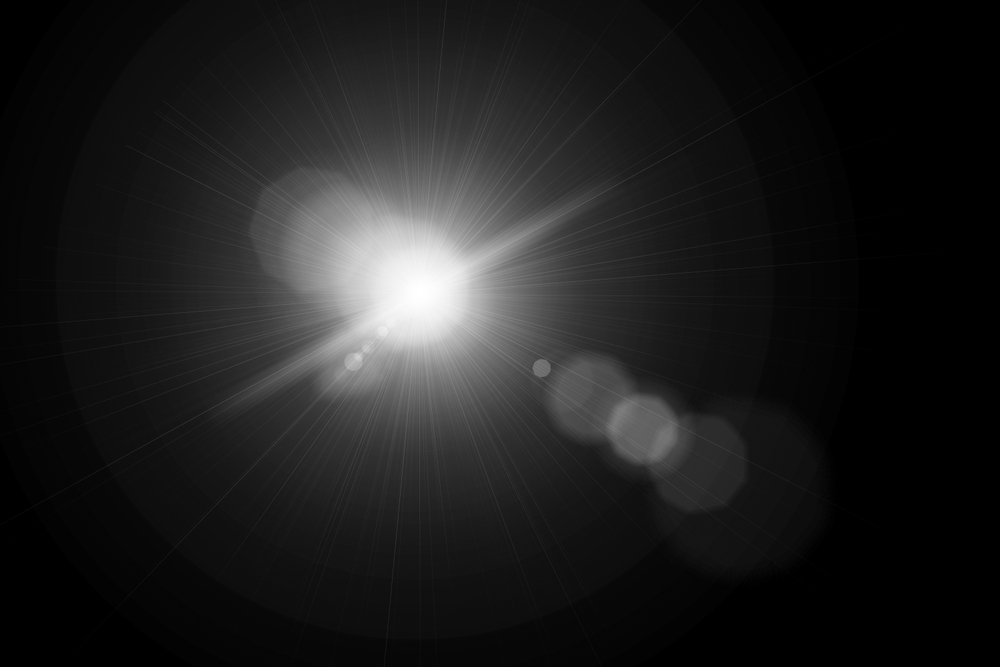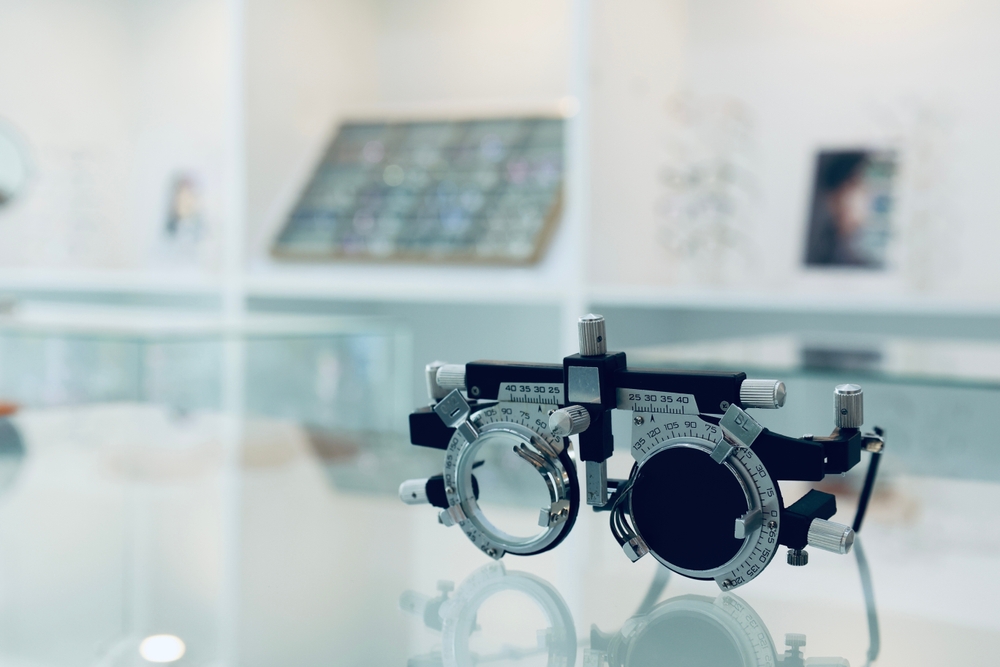Cataracts are a common eye condition that typically develops as you age. They occur when the natural lens of the eye becomes cloudy, causing vision to become blurry or hazy.
While cataracts are usually associated with older adults, they can affect people of all ages. Keep reading to learn seven signs that may indicate you have cataracts!
1. Cloudy or Blurry Vision
 One of the most common signs of cataracts is cloudy or blurry vision. You may notice that your vision isn’t as sharp as it used to be, and objects may appear hazy or less defined.
One of the most common signs of cataracts is cloudy or blurry vision. You may notice that your vision isn’t as sharp as it used to be, and objects may appear hazy or less defined.
This cloudiness or blurriness is caused by the gradual buildup of protein in the lens of your eye, which prevents light from passing through. In the early stages of cataract development, the clouding may only affect a small portion of the lens, and you might not notice significant vision changes.
However, as the cataract grows, it will cloud more of the lens, leading to increasingly blurry or hazy vision. It’s important to note that cloudy or blurry vision can also be a symptom of other eye conditions, such as refractive errors like nearsightedness, farsightedness, or astigmatism, or more serious issues like glaucoma or macular degeneration.
If you experience persistent cloudy or blurry vision, schedule an appointment with your eye doctor at Blaine Eye Clinic for a proper diagnosis and treatment plan.
2. Difficulty Seeing at Night
If you find it harder to see clearly at night or in low-light conditions, this could be a sign of cataracts. You may experience increased glare from headlights or streetlights, making driving at night more challenging.
This is because cataracts scatter light, causing a “starburst” effect around light sources, which can be more noticeable in situations where you don’t have a lot of light. The glare and halos around lights can make it difficult to see the road, judge distances, and react to potential hazards while driving.
If you find yourself avoiding driving at night or feeling more anxious about nighttime driving due to your vision, it’s best to see your eye doctor for an accurate diagnosis.
3. Increased Sensitivity to Light
Cataracts can cause increased sensitivity to light, making bright sunlight or indoor lighting appear more intense or uncomfortable. You may find yourself squinting or shielding your eyes more often.
This heightened sensitivity, known as photophobia, occurs because the cloudy lens in your eye scatters light rather than focusing it properly. As a result, you may experience discomfort or even pain when exposed to bright light sources, such as sunlight, fluorescent lighting, or computer screens.
To combat this symptom, you might feel the need to close your eyes, look away from the light source, or wear sunglasses more frequently.
4. Fading or Yellowing of Colors
As cataracts develop, you may notice that colors appear faded, less vibrant, or have a yellowish tinge. This can make it difficult to distinguish between certain colors or appreciate the full spectrum of hues.
The clouding of the lens caused by cataracts can absorb or filter out certain wavelengths of light. As a result, your perception of colors may shift, making it harder to differentiate between shades of blue, green, or purple, while yellows and browns appear more dominant.
5. Double Vision in One Eye
In some cases, cataracts can cause double vision in one eye. This occurs when the cloudy lens refracts light differently, causing a single object to appear as two images.
Double vision, also known as diplopia, can be very disorienting and may affect your depth perception and spatial awareness. This can make everyday tasks, such as reading, walking, or reaching for objects, more challenging.
It’s important to note that double vision can also be a symptom of other eye conditions or neurological disorders, so it’s crucial to consult an eye doctor if you experience this symptom, especially if it persists or worsens over time.
6. Frequent Changes in Glasses or Contact Lens Prescription
If you find that you need to update your glasses or contact lens prescription more frequently than usual, it could be a sign of cataracts. As your lens becomes more clouded, your vision may change more rapidly.
This is because the proteins that build up in the lens affect how light is focused onto your retina. As a result, you may find that your current prescription no longer provides clear vision, and you need stronger or more frequent updates to your glasses or contact lenses.
While some changes in prescription are normal as you age, rapid or significant changes could indicate the presence of cataracts or other eye health issues, so it’s essential to discuss these concerns with your eye doctor at Blaine Eye Clinic.
7. Halos Around Lights
Cataracts can cause you to see halos or circles around lights, especially at night. This can be particularly noticeable when looking at headlights or streetlights while driving.
These halos are caused by the scattering of light as it passes through the cloudy lens of your eye, creating a hazy or glowing effect around light sources. The halos may appear as bright circles, rings, or even rainbows surrounding lights and can be disorienting.
If you notice persistent halos around lights, it’s important to schedule an eye exam to determine if cataracts or another eye condition may be the cause. While cataracts are a common and treatable condition, early detection and management can help preserve your vision and maintain your quality of life.
Do you think you might be experiencing symptoms of cataracts? Schedule an appointment Blaine Eye Clinic in Blaine, MN, today!







